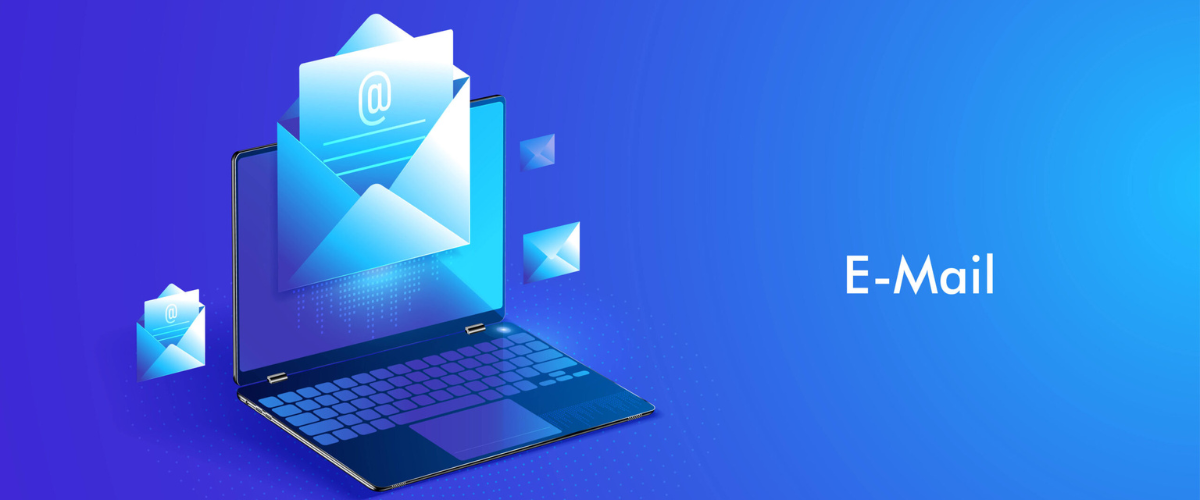
In the ever-evolving landscape of online marketing, one constant remains unchanged: email is a powerful tool for communication. With over 3.9 billion people regularly using email in 2019, it stands out as a reliable means of staying connected. However, the sheer volume of emails received daily— an average of 121 per office worker— makes it challenging to capture attention. The key? A compelling headline.
The headline is the first and last thing most recipients see, making it a decisive factor. According to statistics, 47% of customers open emails based on the subject line, while 69% flag emails as spam if unimpressed. To help you cut through the clutter, we present seven actionable tips supported by data.
1. Avoid the Word “Newsletter”
Why: Including “newsletter” in the subject line decreases open rates by 18.7%.
Alternatives: Use terms like “updates,” “news,” or create excitement by summarizing a major news item.
2. Include EMV Words
Why: Words with emotional value (EMV) drive engagement. Copywriters use 30%-40% EMV words, with a significant impact on open rates.
Examples: Incorporate words like “free,” “better,” “urgent,” or “successful.”
3. Use Active Language
Why: Active language is more captivating than passive language. It creates a sense of urgency, grabbing readers’ attention.
Examples: Opt for titles like “how to buy a car,” “a store will open near you,” or “we wrote a report.”
4. Avoid the “Forward” Trick
Why: Using “Fw:” reduces open rates by 17%, as it’s recognized as an attempt to appear less salesy and more personal.
Alternative: Personalize emails genuinely.
5. Drop the Subscriber’s Name
Why: Using the prospect’s name raises open rates by nearly 3%. Generic terms like “you” reduce open rates by 5%.
Tip: Customize subject lines based on segments and individual customer attributes.
6. Keep ‘Em Short
Why: The sweet spot for headline length is 6-10 words, yielding a 21% open rate. Longer titles drop engagement.
Data: Titles shorter than 6 words perform better than lengthy ones.
7. Drop It
Why: In a surprising twist, emails with blank subject lines performed 8% better than the rest, providing a baseline for assessing different versions.
Caution: Not an all-purpose strategy, but useful for assessing campaign performance.
Test Every Headline
Perfection rarely happens on the first try, but email marketing isn’t a guessing game. Utilize tools and strategies to refine your headlines:
Headline Analyzers: Tools like CoSchedule, Email Subject Line Grader by Net Atlantic, and Sharethrough’s Headline Analyzer offer insights and recommendations.
A/B Testing: Most email suites include A/B testing, allowing you to compare different versions. Learn about your audience and improve future campaigns.
Remember, as a brand, your goal is to reach your specific audience. While expert advice is valuable, nothing beats strategic experimentation. When in doubt, rely on results gleaned through trial and error.

